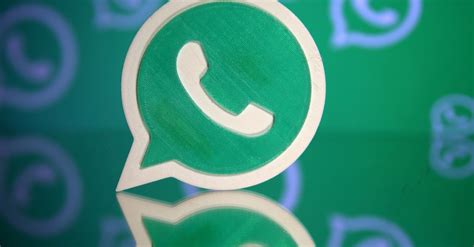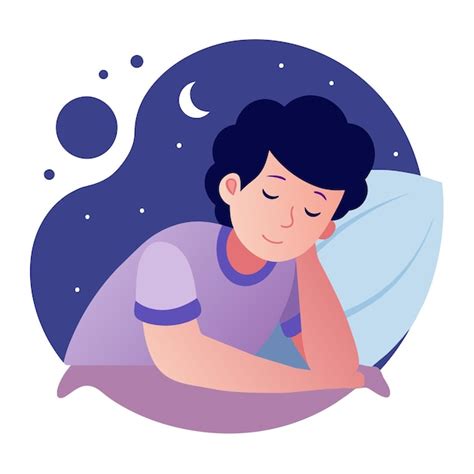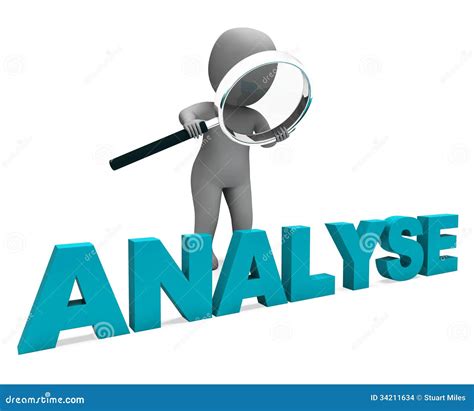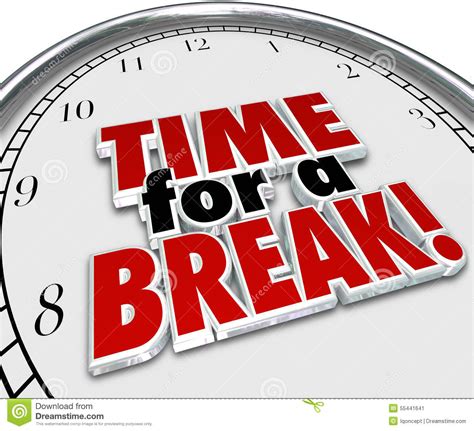What’s the optimal smartwatch for tracking peak fitness & sleep recovery?

The Rise of the Smartwatch in Health and Performance
In today’s fast-paced world, optimizing personal health and athletic performance is more important than ever. Smartwatches have evolved beyond simple step counters, becoming sophisticated health hubs strapped to our wrists. For those serious about pushing their fitness limits and ensuring adequate recovery, selecting the right device is crucial. This guide delves into what makes a smartwatch ‘optimal’ for truly understanding and improving your peak fitness and sleep recovery.
Precision Tracking: Unlocking Peak Fitness Metrics
An optimal smartwatch for fitness tracking must go beyond basic activity logging. It needs to provide deep, actionable insights into your performance. Key metrics include accurate heart rate monitoring, preferably with Heart Rate Variability (HRV) capabilities, which offers a window into your nervous system’s response to training and stress. VO2 Max estimation, a measure of your body’s maximum oxygen consumption during intense exercise, is another critical indicator of aerobic fitness.
Advanced GPS tracking is essential for outdoor activities, offering precise distance, pace, and route mapping. Look for devices that support multi-sport modes, automatically detecting and categorizing activities from running and cycling to swimming and strength training. Post-workout analysis should include metrics like training load, recovery time recommendations, and even form analysis for specific exercises. The better a watch can quantify your efforts, the more effectively you can train.

Rest and Rebuild: The Science of Sleep Recovery
Peak performance isn’t just about training hard; it’s equally about recovering intelligently. An optimal smartwatch provides comprehensive sleep tracking, breaking down your night into different stages: light, deep, and REM sleep. These insights help you understand the quality and restorative power of your sleep, not just its duration.
Beyond sleep stages, look for features like a daily sleep score, which aggregates various sleep metrics into an easy-to-understand rating. HRV readings taken during sleep are particularly valuable for assessing your body’s recovery status. A higher, stable HRV generally indicates better recovery and readiness for intense activity, while a dip might suggest overtraining, illness, or high stress. Some advanced devices also monitor blood oxygen saturation (SpO2) during sleep, which can indicate potential breathing issues affecting sleep quality.

Leading Smartwatch Brands and Their Strengths
While no single smartwatch is perfect for everyone, several brands stand out for their robust fitness and recovery features. Garmin is often favored by serious athletes for its comprehensive sports tracking, advanced training metrics (like training status, load focus, and recovery time advisor), and industry-leading battery life. Their ecosystem is built for performance data junkies.
The Apple Watch, particularly the Ultra models, offers a compelling blend of advanced health monitoring (ECG, blood oxygen, temperature sensing for cycle tracking), intuitive user experience, and a vast app ecosystem. While traditionally more lifestyle-focused, recent iterations have significantly boosted its fitness and outdoor capabilities, making it a strong contender for many.
For those prioritizing deep recovery insights, specialized trackers like Whoop and Oura Ring focus almost exclusively on HRV, sleep stages, and daily readiness scores. While not traditional smartwatches, their data-driven approach to recovery and strain is unparalleled, often integrating with other devices to paint a full picture.

Key Considerations for Your Optimal Choice
Choosing the ‘optimal’ smartwatch is highly personal. Consider your primary sport or activity: do you need extreme GPS accuracy for ultra-marathons, or is a more general fitness tracker sufficient? Battery life is crucial; some watches offer days, even weeks, on a single charge, while others require daily charging. Accuracy of sensors (heart rate, GPS) is paramount, as is the accompanying app’s ability to present data in an understandable and actionable way.
Think about your budget and whether you prefer a device that seamlessly integrates with your smartphone ecosystem (e.g., Apple Watch for iPhone users). Comfort and aesthetics also play a role, as you’ll be wearing this device almost constantly. Finally, assess the depth of data you truly need. Are you looking for a general overview, or do you thrive on granular physiological metrics?

Maximizing Your Smartwatch Data for Better Health
Having an advanced smartwatch is only the first step. To truly optimize your fitness and recovery, you must engage with the data it provides. Consistently wear your device, especially during sleep, to establish accurate baselines. Pay attention to trends in your heart rate, HRV, and sleep scores over time rather than focusing on single-day anomalies. Use the recovery recommendations to adjust your training intensity and duration, preventing overtraining and promoting optimal adaptation.
Integrate your smartwatch data with other health practices like nutrition and mindfulness. Many apps allow data sharing, enabling a holistic view of your well-being. Ultimately, the optimal smartwatch is the one that empowers you to make informed decisions about your body, leading to sustained peak performance and a healthier, more recovered you.









